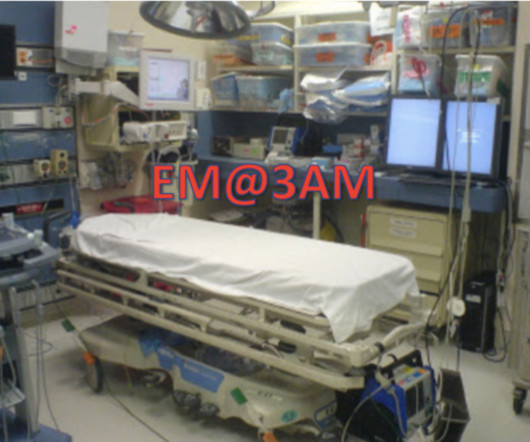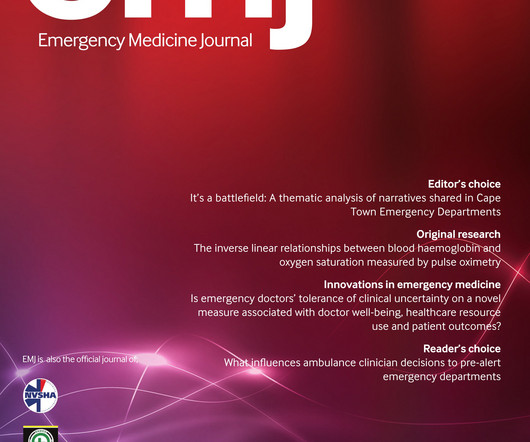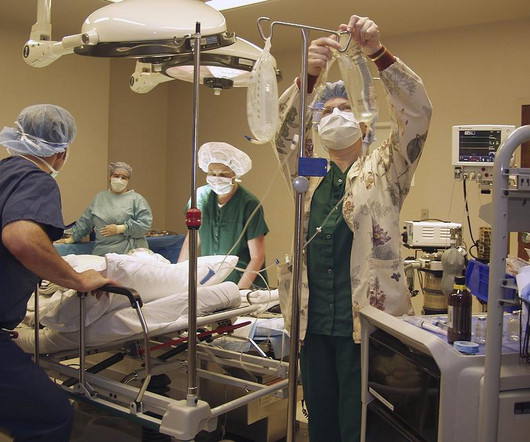Current Extraglottic Airway Devices and Prehospital Practices
ACEP Now
NOVEMBER 8, 2024
Airway management remains a fundamental skill for all emergency physicians. Extraglottic airway devices (EGAs) have become a widely accepted means of airway management along with rescue airway devices. 9 LMAs use an inflatable mask expanded using a similar technique to the endotracheal tube cuff.











































Let's personalize your content